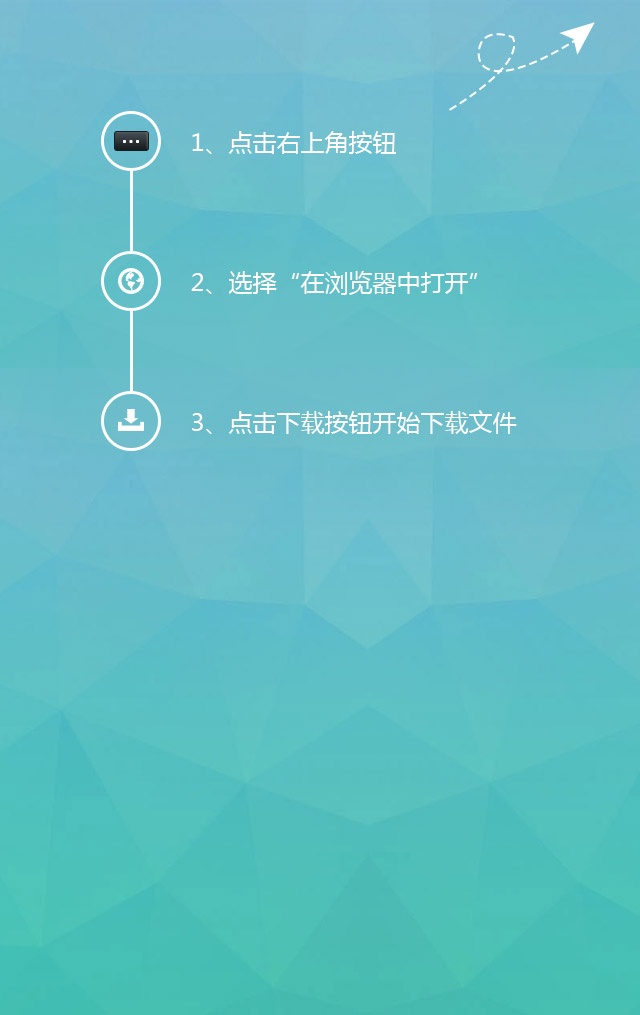IoT is reomoving our life
At present, the development of the Internet of Things industry is in the ascendant. What are the evolution trends of the Internet of Things? What challenges are faced in the process of moving from intelligence to autonomy? Which industries will usher in an explosion? How will edge computing change our lives?
Recently, Guo Wei, general manager of Intel China's IoT and Channel Data Center Division, accepted an exclusive interview with Chinanews.com's "China New Observation" column to interpret the above issues.
He said that the development of the Internet of Things in China is very rapid, and edge computing is an inevitable product of the development of the Internet of Things to a certain stage. It can make everyone's life more convenient, healthier and more comfortable. As a "bricklayer", Intel drives the development of edge computing with technology integration, provides assistance for the digital development of various industries, supports the development of the country's economy and society, and makes people's lives better and better.

How to check TDP (PL1 and PL2 power limits) in Windows and Linux
A TDP (Thermal Design Power) value in Watts will usually be provided for Intel and AMD processors to help manufacturers design an appropriate thermal solution for a given processor, and it’s often used to estimate power consumption by consumers.
But TDP is also often configurable, and manufacturers may decide to increase to decrease the value for higher performance or lower power consumption, so we’ll show you how to check the TDP value, or more exactly PL1 and PL2 power limits in both Windows 11 and Linux (Ubuntu 22.04). Note that TDP is being replaced by PBP (Processor Base Power) in newer processors, with PL1 (Long Duration) corresponding to BPB, and PL2 (Short Duration) to Maximum Turbo Power (MTP), at least on Intel chips.
Recommend
-

-

QQ Zone
-

Sina Weibo
-

Renren.com
-

Douban

